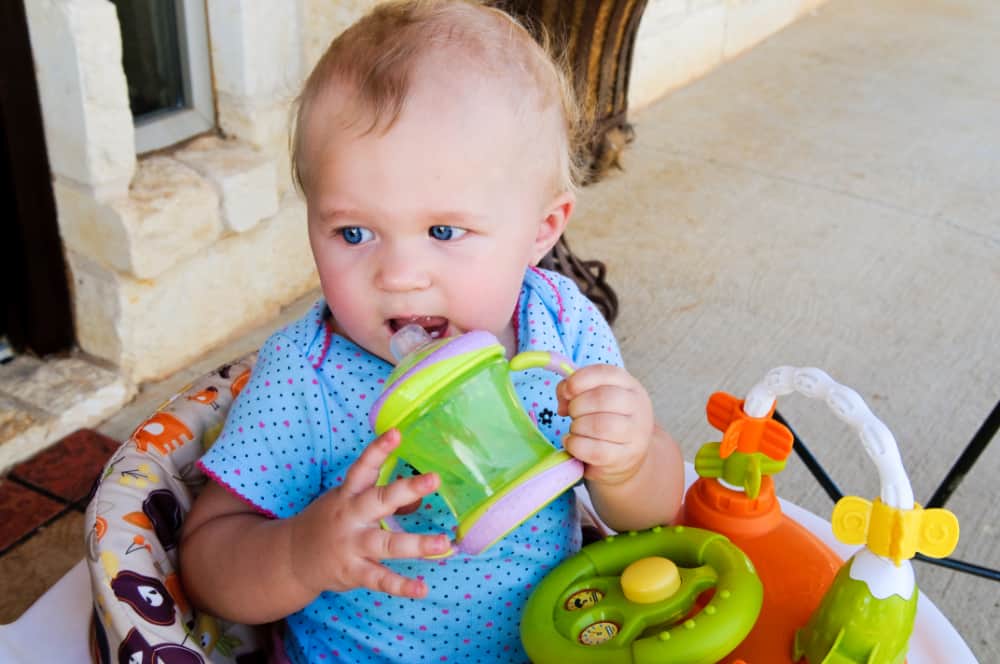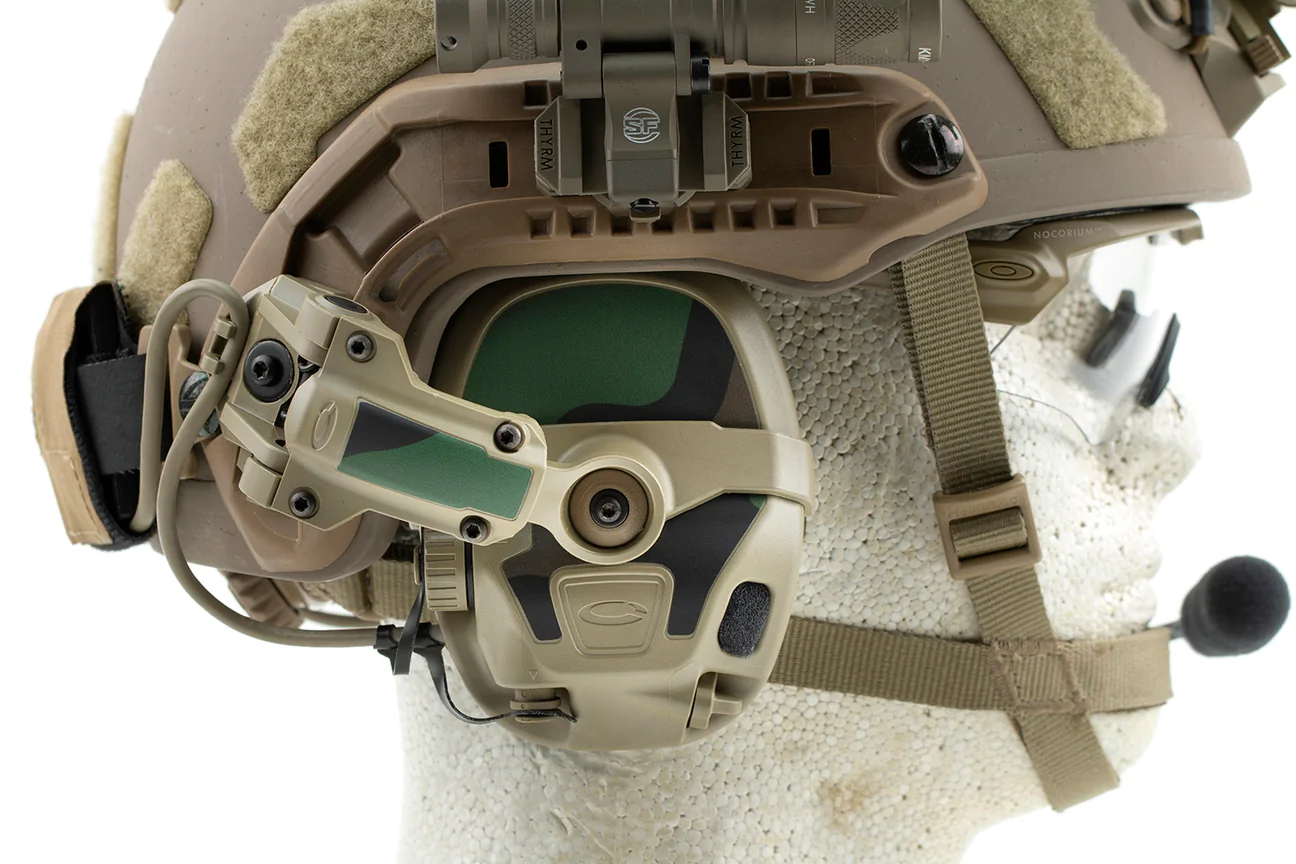Introduction
Baby cups play a vital role in a child’s transition from breastfeeding or bottle-feeding to independent drinking. Keeping these cups clean and hygienic is essential to ensure your baby’s health and well-being. In this guide, we’ll walk you through the steps for properly cleaning and drying baby cups to maintain their hygiene and longevity.
- Wash Before First Use
Before using a new baby cup for the first time, it’s essential to wash it thoroughly. Even if the cup appears clean, it may have been handled during manufacturing and shipping. Wash the cup with warm, soapy water, and rinse it thoroughly to remove any soap residue.
- Regular Cleaning
Baby cups used daily need regular cleaning to prevent the buildup of milk, juice, or other liquids. Follow these steps:
- Rinse Immediately: After each use, rinse the cup with cold or lukewarm water to remove any remaining liquid or residue.
- Use Mild Soap:Wash the cup with mild, baby-safe dish soap and warm water. A bottle brush or a small, soft-bristle brush can help you reach tight spots, like the spout or valve.
- Thoroughly Rinse: Ensure you rinse the cup thoroughly to remove all soap residue, as soap residue can affect the taste of liquids and may upset your baby’s stomach.
- Sterilization (Optional): Depending on your preference and your baby’s age, you may choose to sterilize the cup occasionally. You can do this by boiling it in water for a few minutes or using a sterilizing solution designed for baby products. However, note that sterilization becomes less critical as your baby gets older.
- Pay Attention to Specific Parts
Baby cups often consist of multiple parts, such as valves, spouts, and lids. These parts can harbor residue and bacteria if not cleaned thoroughly:
- Valves and Spouts: Disassemble the cup as per the manufacturer’s instructions and clean each part separately. Pay close attention to any nooks and crannies, as these can be breeding grounds for bacteria.
- Lids and Straws: If your baby’s cup has a lid and straw, make sure to clean these parts thoroughly as well. Some straws can be disassembled for better cleaning.

- Avoid Harsh Cleaning Agents
Avoid using harsh cleaning agents, such as bleach or abrasive scrubbers, on baby cups. These can damage the cup’s materials and leave behind harmful residues. Stick to baby-safe dish soap and warm water for cleaning.
- Check for Mold
Mold can sometimes develop in the hidden crevices of baby cups, especially in the valves and spouts. Regularly inspect these parts for any signs of mold growth. If you find mold, follow these steps:
- Disassemble the Cup: Take apart all removable parts.
- Soak in Vinegar Solution: Soak the affected parts in a solution of equal parts white vinegar and water for at least 30 minutes. This helps to loosen and remove the mold.
- Scrub Gently: Use a small, soft brush or an old toothbrush to scrub away the mold from the parts.
- Rinse and Reassemble: Rinse the parts thoroughly with clean water, and reassemble the cup once everything is clean and mold-free.
Drying Baby Cups
Proper drying is as crucial as cleaning to prevent the growth of mold and bacteria. Here’s how to ensure your baby cups are thoroughly dried:
- Air Drying: After washing, allow all parts of the cup to air dry completely. Use a clean, dry cloth or paper towel to pat dry any remaining moisture.
- Avoid Towels: Avoid using dish towels or cloths that may have come into contact with other kitchen surfaces, as they can transfer germs to the baby cup.
- Drying Rack: Consider using a baby bottle drying rack or a dedicated area for drying baby cups. These racks have specific slots and pegs to hold the various parts of the cup, allowing for better air circulation.
- Store Dry:Once the cup and its components are completely dry, store them in a clean, dry place to prevent contamination.
Conclusion
Maintaining clean and hygienic baby cups is essential to ensure your child’s health and well-being. Regularly clean and thoroughly dry all components of the cup, paying special attention to any hidden crevices. By following these steps, you can provide your baby with a safe and clean drinking experience, free from harmful germs and mold.




